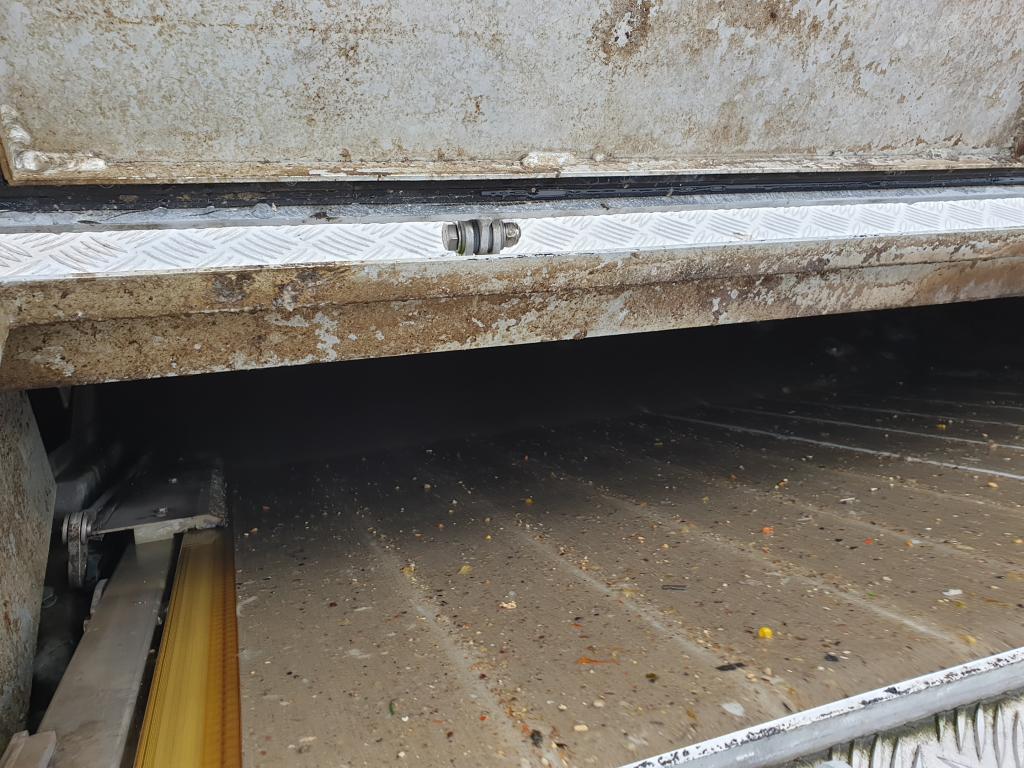Circulair
In een circulaire economie bestaat er geen afval meer.
We zien afval als grondstof en streven naar hergebruik. Als er toch nieuwe grondstoffen nodig zijn, dan zijn ze duurzaam geproduceerd en kunnen ze opnieuw gebruikt worden. De waterschappen hebben in een zogenaamd Grondstoffenakkoord afgesproken zich in te zetten voor een circulaire bedrijfsvoering. In 2030 willen de waterschappen al voor 50% circulair zijn.
Ook HHNK maakt zich hier hard voor. Bijvoorbeeld op het gebied van water. De droge perioden van de afgelopen jaren maakten duidelijk dat zoet water minder voorhanden is. Voor ons was dit reden op zoek te gaan naar alternatieve zoetwaterbronnen. Gezuiverd afvalwater is daar een voorbeeld van. Door afvalwater op de juiste manier op te werken, is het in te zetten om landbouwgrond mee te bevloeien en als koel- en proceswater in de industrie. Hiermee worden de zoetwaterbronnen van het drinkwaterbedrijf beter beschermd.
Naast water wil HHNK ook andere grondstoffen hergebruiken. Zo winnen we cellulose en fosfaat terug uit afvalwater voor hergebruik voor bouwmaterialen en kunstmest. Baggerslib uit onze watergangen wordt gedroogd en gebruikt bij het versterken van dijken. Bedrijfsafval uit ons kantoor en grofvuil van de werven en rwzi's zamelen wij zoveel mogelijk gescheiden en bieden we voor hergebruik aan aan afvalverwerker Suez. Plantresten langs slootkanten worden deels gebruikt voor grondverbeteraar en als proef verwerkt tot papier voor ons personeelsblad.

Zeefgoed op fijnzeef rwzi Beemster